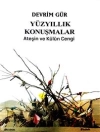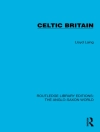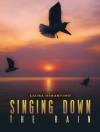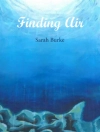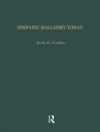In 1755, the Portuguese capital, Lisbon, was almost totally destroyed by an earthquake and the resulting tsunamis, and by fire. Perhaps 90, 000 people died and 85% of buildings were shattered, including the Royal Ribeiro Palace, home to the archives of all Portuguese exploration in and around the East Indies, including the voyages of Vasco da Gama. All records were lost. Did the Portuguese send voyages of exploration, secretly, across the treaty line of Tordesillas, that divided the Spanish and Portuguese hemispheres? Did they explore and map the east coast of Australia 250 years before Cook’s first voyage? Was the Mahogany Ship, first sighted in 1836, half-buried in sand dunes in the south-east of Victoria, the wreck of a Portuguese caravel? Who built the solid stone foundations of a structure on the south coast of NSW, and who lost the archaic set of keys unearthed near Geelong in 1847? Where did Mendonça’s expedition of 1521 sail and when, if ever, did it return? If such a voyage ever occurred, was it like this?
Sobre o autor
John Egan is a Sydney poet who also lives on the south coast of NSW. He was a high school teacher of English for twenty-two years and second master of Bankstown Grammar School for nine years. Later he taught English as a foreign language and university preparation courses at the University of NSW, Wollongong University College and Newcastle University, as well as English and Business Communication at JDW Business College. He retired in 2013. His first chapbook was published by the Melbourne Poets Union and Ginninderra Press have published four full collections, eighteen chapbooks and three collaborations. He considers himself a poet of memory and the sea, but also writes of the natural world, the urban environment and social issues.



